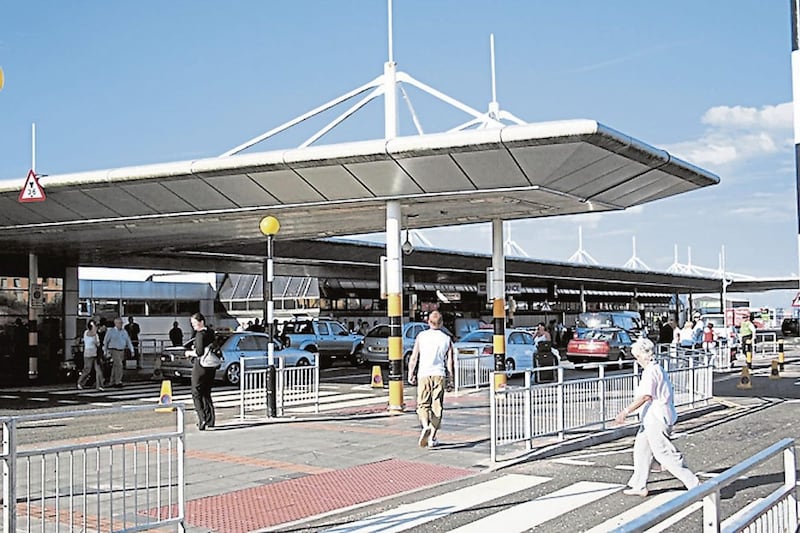Witnesses to a fatal plane crash in Co Down last year say the single-engine aircraft was "flying lower and closer" to airport's aerodrome than usual.
Two people were killed when an Aeroprakt A32 Vixxen plane crashed at Newtownards Airfield on the evening of July 19.
Teacher Caroline Mawhinney and businessman Philip Murdock, both qualified pilots and members of the Ulster Flying Club, were the plane's only occupants at the time of the accident.
An Air Accidents Investigation Branch (AAIB) report said it was not clear who was at the controls.
It reports that after approximately 20 minutes of flying in the area and close to Scrabo Hill, the plane flew low before making a steep right turn over the heads of onlookers, and steeply banked.
During this turn, the aircraft was seen to descend and hit the ground – killing both pilots.

"The investigation could not determine exactly why the aircraft descended in the turn, but no defects could be found with the aircraft or its engine," the report said.
"There was evidence that the aircraft’s electronic displays lost power before the accident and this could have caused a distraction for the pilots. However, the aircraft was being flown in a manner that exposed the aircraft, the occupants and the people on the ground to a high risk of an accident."
The AAIB investigation identified "several shortcomings in the build process of the aircraft and the registration of its ballistic parachute recovery system" but did not regard these as contributing to the crash.
The Civil Aviation Authority (CAA) identified shortcomings in the airfield aerodrome’s safety management system, which have since been addressed.
"The accident occurred when the aircraft was flown at low altitude and a high angle of bank over people and buildings," the AAIB concluded.







